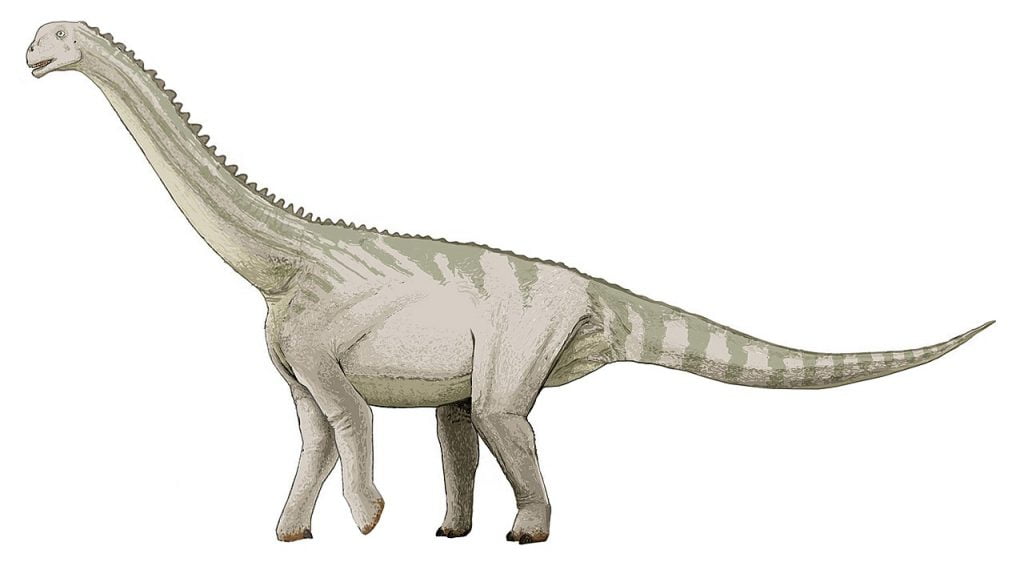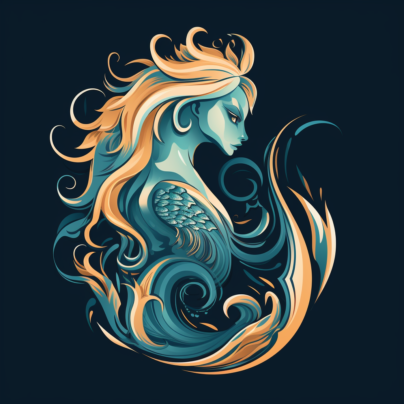Bellosaurus, the Herd-Bound Sproutling
“Bellosaurus moves as one—dozens of tiny giants weaving through the ferns with surprising precision!”
Bellosaurus is a small, graceful sauropod measuring roughly 15 feet from snout to tail. Its slender neck, relatively short for a sauropod, allows it to graze on low-growing vegetation and ferns. It stands on sturdy, columnar legs and has a compact body ideal for quick maneuvering through dense Jurassic underbrush. Its hide is pebbled and grayish-brown, mottled for camouflage, while a faint bluish striping along the spine helps members of its herd keep visual contact in dappled light.
Behaviour:
Unlike the towering giants of its lineage, Bellosaurus moves with a surprising alertness and social awareness. It travels in tight, coordinated juvenile herds, each member constantly aware of the group’s movement and position. Vocalizations—chirps, low grunts, and subsonic rumbles—serve to maintain cohesion and warn of threats. The herd responds to danger in seconds: clustering defensively or bolting as one unit, often confusing would-be predators.
Habitat:
Bellosaurus inhabits open fern plains and forest margins near freshwater sources in semi-tropical Jurassic climates. These areas offer plenty of low-growth plants and open space for group movement. They prefer regions with natural choke points—gullies, tree clusters, or rocky clearings—where they can defend themselves with terrain advantage.
Modus Operandi:
As a prey species, Bellosaurus survives by coordination, awareness, and mobility. When threatened, it relies on group alertness and flight, but if cornered, the herd will form a defensive ring—tails facing outward—while the youngest are shielded within. Older juveniles may lash out with whip-like tails or trample smaller predators. Their greatest weapon is unity: few predators dare strike a herd that moves and reacts as one organism.
Motivation:
Driven by a primal instinct to stay together, Bellosaurus lives to grow, eat, and protect the herd. Safety through numbers governs its every move, and its bond with the group is so strong that solitary individuals often perish from stress or confusion. Even in rest, Bellosaurus remains alert—not to defend itself, but to preserve the delicate, instinctual choreography of the group.
Bellosaurus 5e
Bellosaurus 3.5
Bellosaurus, the Herd-Bound Sproutling
Large Beast, Unaligned
Challenge: 3 (700 XP) • Proficiency Bonus: +2
Armor Class: 15 (natural armor)
Hit Points: 85 (10d10 + 30)
Speed: 40 ft.
| STR | DEX | CON | INT | WIS | CHA |
|---|---|---|---|---|---|
| 19 (+4) | 12 (+1) | 17 (+3) | 3 (−4) | 14 (+2) | 6 (−2) |
Saving Throws: Dex +4, Wis +5
Skills: Perception +5, Survival +5
Senses: Passive Perception 15
Languages: —
Traits
- Herd Tactics. When a Bellosaurus can see an ally within 30 feet that can hear it, it can add a +2 bonus to its attack rolls and Dexterity saving throws.
- Natural Camouflage. Bellosaurus has advantage on Dexterity (Stealth) checks made to hide in forested or fern-covered terrain.
- Coordinated Defense. When an ally Bellosaurus within 10 feet is hit by an attack, Bellosaurus can use its reaction to impose disadvantage on the attack roll.
Actions
- Multiattack. Bellosaurus makes two attacks: one with its Tail Whip and one with its Trample.
- Tail Whip. Melee Weapon Attack: +6 to hit, reach 10 ft., one target.
Hit: 14 (2d8 + 4) bludgeoning damage. The target must succeed on a DC 14 Strength saving throw or be knocked prone. - Trample. Melee Weapon Attack: +6 to hit, reach 5 ft., one target.
Hit: 16 (2d10 + 4) bludgeoning damage. If the target is a creature, it must succeed on a DC 14 Strength saving throw or be knocked prone.
Reactions
- Protective Surge. Once per day, when a Bellosaurus ally within 10 feet takes damage, Bellosaurus can move up to its speed toward that ally without provoking opportunity attacks and take the damage instead (half damage to the ally, full damage to itself).
Tactics
- Stays close to allies, using Herd Tactics for coordinated strikes and defense.
- Uses Tail Whip to knock foes prone and Trample to crush and knock down enemies.
- Employs Protective Surge to shield wounded herd members.
- Avoids isolation, fleeing if alone.
Environment
- Prefers semi-tropical fern plains, forest edges, and riverbanks where young sauropods can forage safely in groups.
Bellosaurus

Bellosaurus only stands 5 feet tall, but measures 16 feet long, and weighs half of a ton.
Originally Posted by Insane Pixie of the Wizards Community forums.
On this Thread
Training A Bellusaurus
Although intelligent, a bellusaurus requires training before it can bear a rider in combat. To be trained, a bellusaurus must have a friendly attitude toward the trainer (this can be achieved through a successful Diplomacy check). Training a friendly bellusaurus requires six weeks of work and a DC 25 Handle Animal check. Riding a bellusaurus requires an exotic saddle. A bellusaurus can fight while carrying a rider, but the rider cannot also attack unless he or she succeeds on a Ride check.
Bellusaurus eggs are worth 1,000 gp each on the open market, while young are worth 1,500 gp per head. Bellusaurus’ mature at the same rate as (horses, I guess, for the sake of simplicity). Professional trainers charge 500 gp to rear or train a bellusaurus, which serves a master of any alignment with absolute faithfulness for life.
| Bellusaurus | |
| Large animal | |
| Hit Dice | 4d8+19 (37 hp) |
| Initiative | +1 |
| Speed | 30 ft. (6 squares) |
| Armor Class | 18 (-1 size, +1 Dexterity, +8 natural), touch 10, flat-footed 17 |
| Base Attack/Grapple | +3/+12 |
| Attack | Tail slam +7 melee (2d6+7) |
| Full Attack | Tail slam +7 melee (2d6+7) |
| Space/Reach | 10 ft./5 ft. |
| Special Attacks | – |
| Special Qualities | Low-Light Vision, Scent |
| Saves | Fort +8, Ref +2, Will +3 |
| Abilities | Strength 20, Dexterity 12, Constitution 18, Intelligence 1, Wisdom 14, Charisma 10 |
| Skills | Listen +5, Spot +6 |
| Feats | Power Attack, Toughness |
| Climate/Terrain | Warm forests, plains and hills |
| Organization | Solitary, pair, or herd (20-40) |
| Challenge Rating | 3 |
| Treasure | None |
| Alignment | Always neutral |
| Advancement | – |
| Level Adjustment | – |
Combat
When forced into combat, a bellusaurus will attempt to knock down it’s foe, and run as fast as possible in the other direction.

 Buy me a coffee
Buy me a coffee